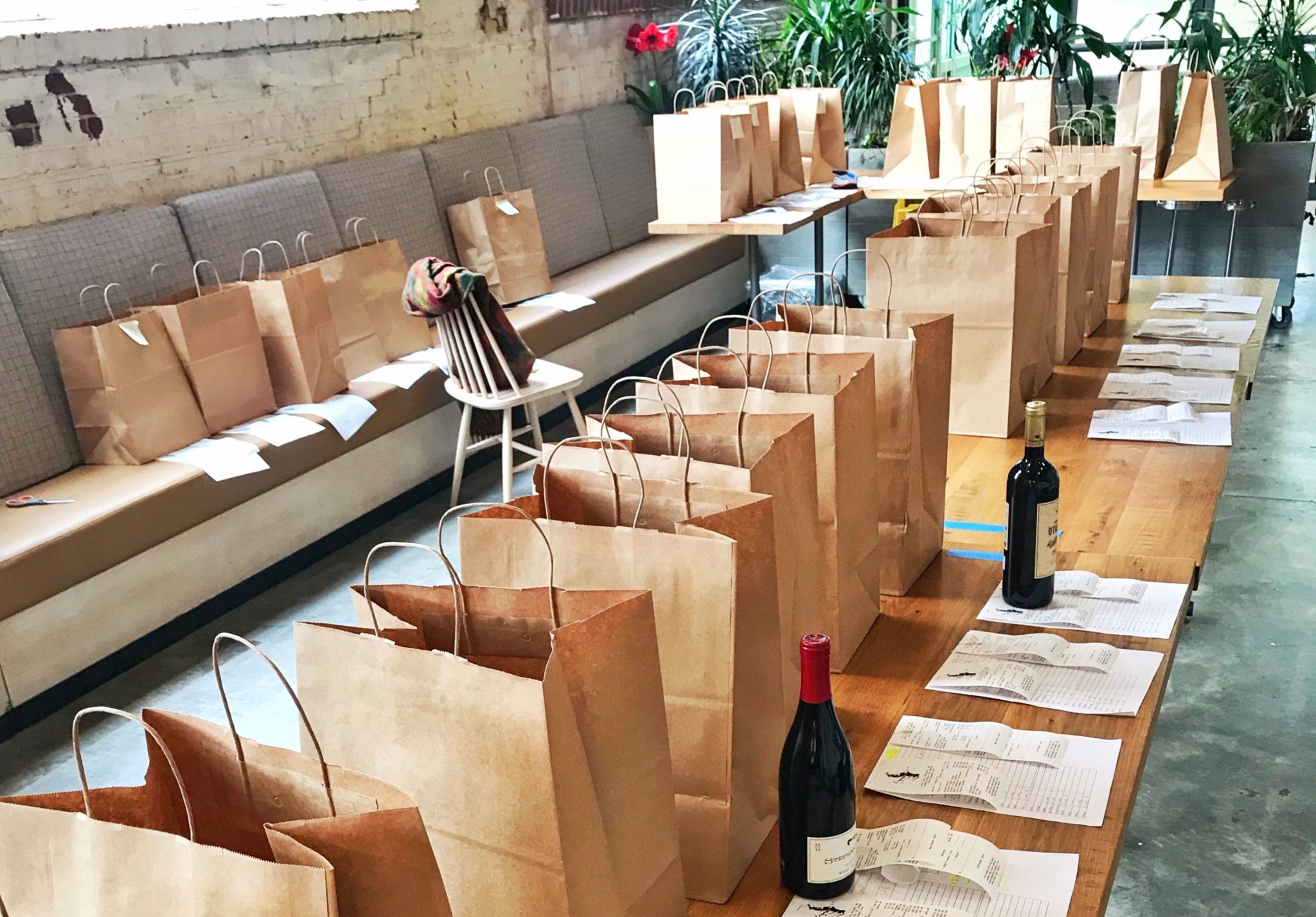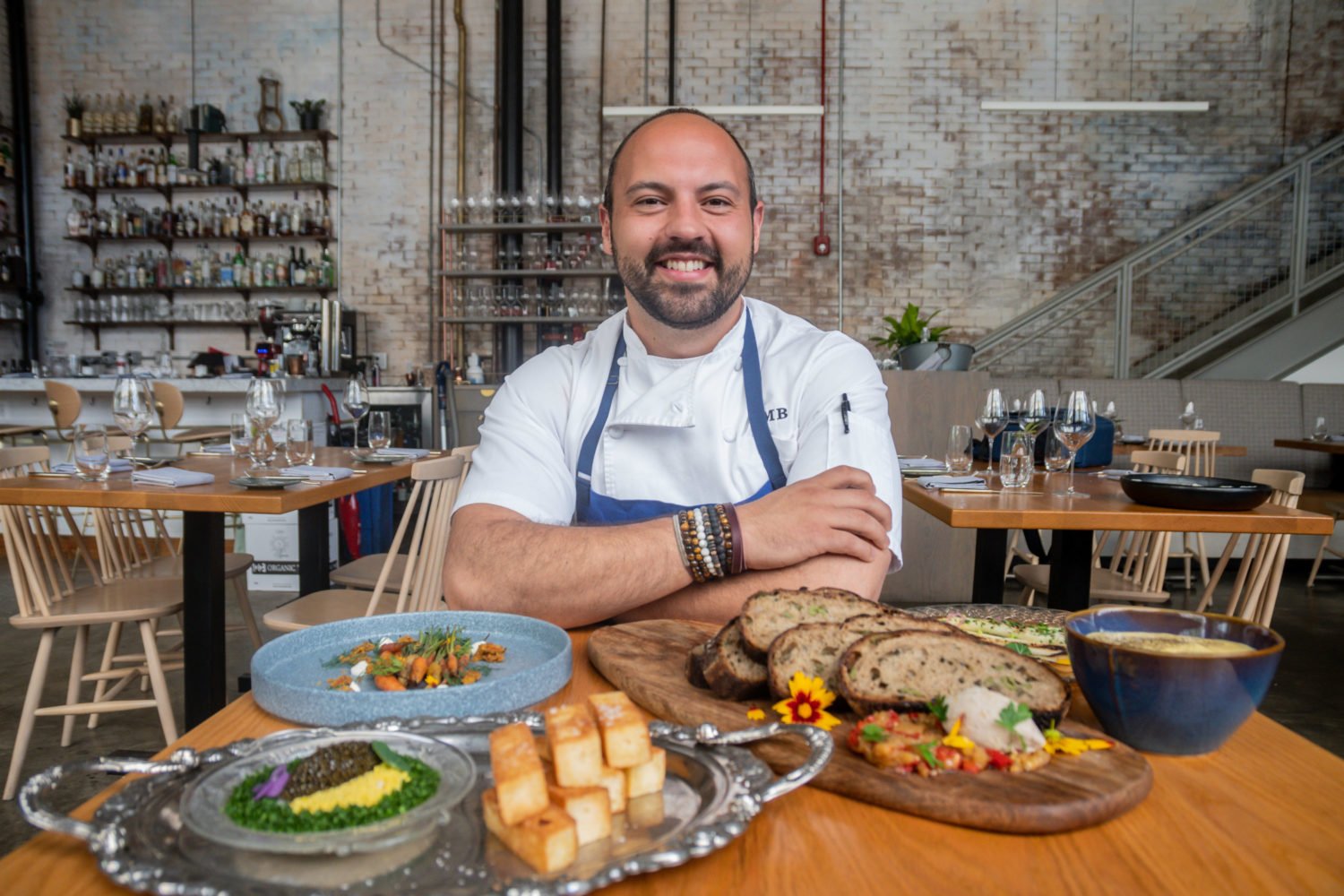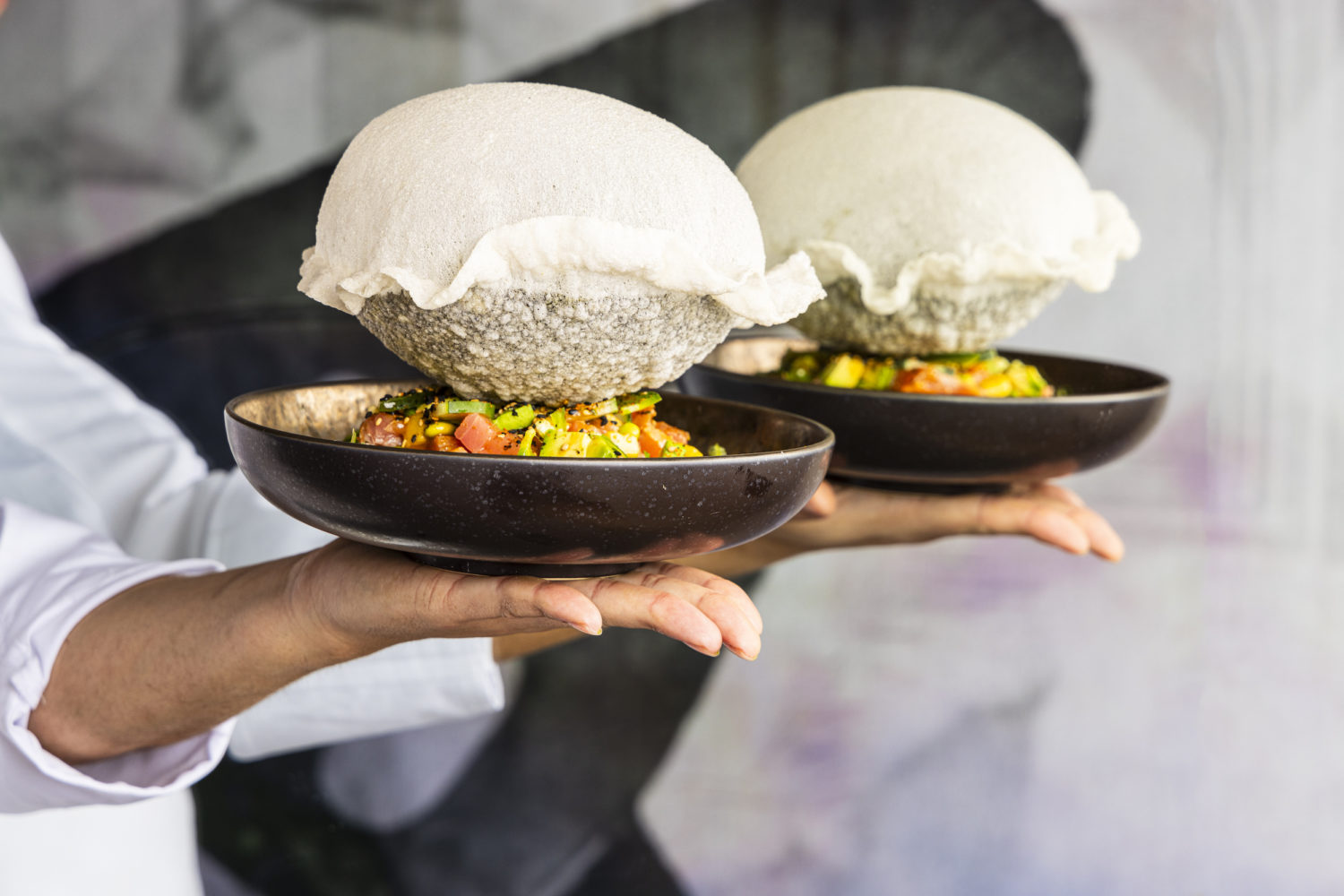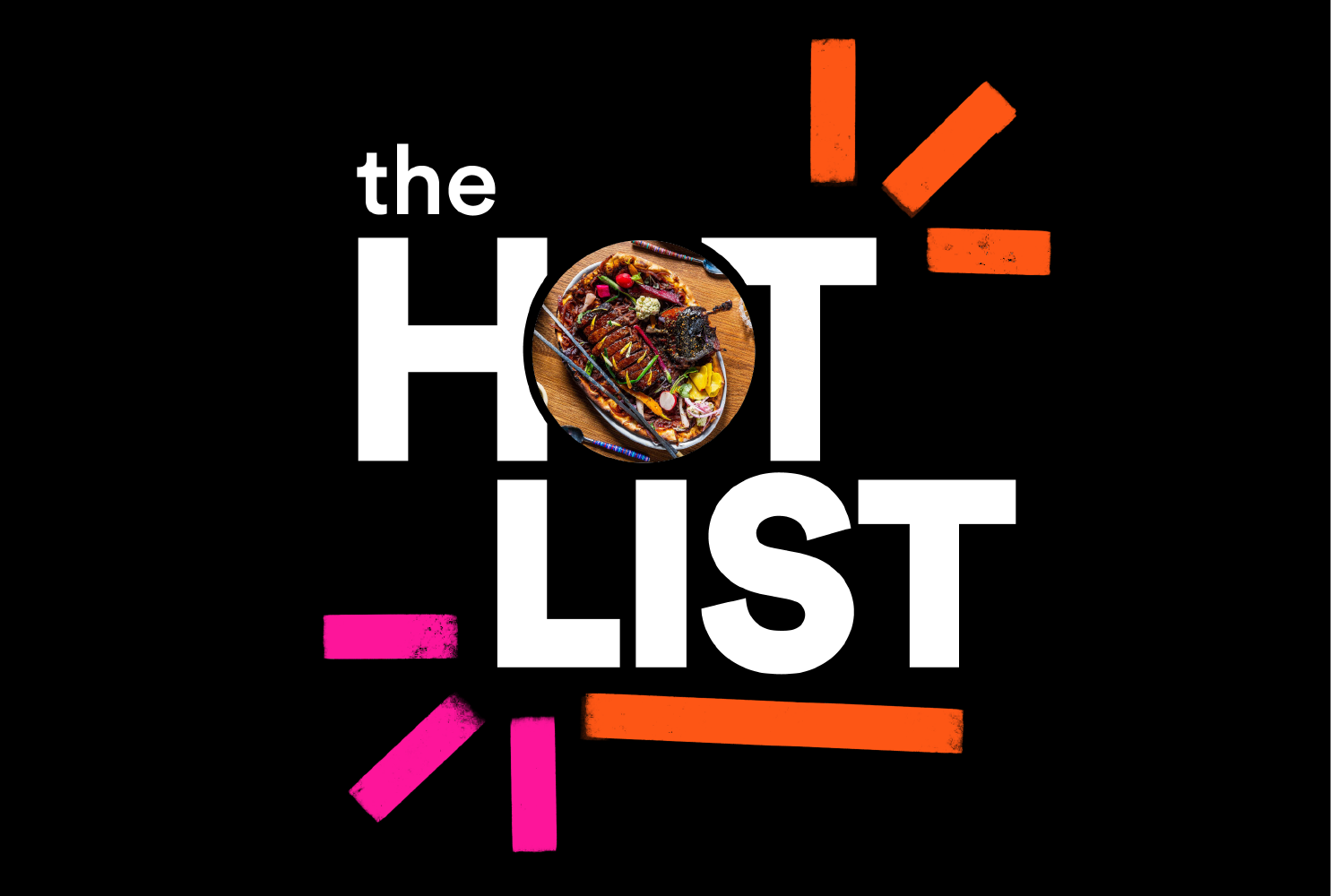About Coronavirus 2020
Washingtonian is keeping you up to date on the coronavirus around DC.
As coronavirus shut down the city, Masseria and Officina chef-owner Nick Stefanelli was forced to cut all but three of his employees. On top of that, he needed to flip the business from fine-dining to takeout and delivery—overnight.
“I sat down with my director of operations, and I was like, ‘Listen, we have 175 people that are part of our team that can’t work right now. Let’s see if we can get them to help out with being delivery drivers,'” Stefanelli says.
With no cash coming in, though, the restaurateur offered a proposition: anyone who wanted to get out of their house and help out would get an extra day of vacation for every day they worked when everything was up and running again. He’d also give them any provisions he could to take home. As soon as the business gained some stability, he’d start hiring them back. In the meantime, he would join in as a delivery driver too.
“I worked at a pizza shop growing up in my neighborhood, and we did pizza self-delivery, and I felt like I was 13-years-old again,” says Stefanelli, who’s driving a van normally used to transport bread from a commissary. Some customers have been surprised to find the Michelin-star chef himself at their doorstep. “They’re like, ‘Don’t you have better things to do?’ Right now, we’re doing everything we can, so if it means I’ve got to jump into a delivery van and drive to Bethesda, that’s what we have to do right now.”
Across the region, everyone from beverage directors to sous chefs are similarly finding themselves trekking around town with carryout bags as restaurants reinvent their business models in response to coronavirus-curtailing restrictions. Big-name delivery platforms take cuts as high as 30-percent, and many restaurateurs would rather keep the extra cash to employ their own people. With skeleton crews remaining after widespread layoffs, no one—not even a chef-owner—is too important to take the wheel.
“I’m not too proud at the end of the day if it’s bringing money in the door and letting me continue to do what we’re doing. I’ll do it 100 times over,” says Gravitas chef-owner Matt Baker.
His Ivy City tasting-menu restaurant has been able to keep on some captains, bartenders, and a food runner to do the bulk of deliveries, but Baker has made a couple personal drop-offs to the restaurant’s VIPs. “I was 20 minutes late to one delivery and 15 minutes late to the other—just like GrubHub or Caviar. Always late, lost directions, doesn’t know how to get into the building,” he jokes.
Delivery has been an adjustment all around. Gravitas has traded caviar and truffles for comfort foods and family recipes from its kitchen crew, including spaghetti and meatballs. The first day of delivery, one of the sous chefs pulled out his tweezers to twirl up the pasta in a pretty pile. “I’m like, ‘Dude, we’re doing delivery now. That’s not going to look anything like that by the time it gets there,” says Baker.
Centrolina chef-owner Amy Brandwein is trying to make the best of it: “It’s kind of fun, as much as your whole business world combusting can be fun.” She’s joined her beverage manager, pasta cook, and a bartender in driving around orders. The chef says she wasn’t recognized in the handful of excursions she did in her Jeep Cherokee. But an order she left with a doorman ended up on the recipient’s Instagram. “I was really tickled that one of my deliveries got posted online. It just really made me feel good.”
Above all, it’s better than being stuck at home with no paycheck, says Seven Reasons server-turned-driver Masha Voronetska. “When I first heard we were going to be closed, I told the management team right away, hey, if you need me, I’ll do anything,” she says. “Anything for some extra money at times like this. The service industry people, that’s our main income. We cannot work from home.”
Communicating with people is what Voronetska loves about being a server, and delivery is, well, different—especially given the need for social distance. She says about half of her customers will still come down to pick up the food from her directly, while half will just ask her to leave the it at the door. Even though she may be the first human many people see all day, they’re not engaging in a lot of conversation.
On the plus side, traffic is relatively sparse, parking is easier for a change, and Voronetska isn’t cooped up like everyone else. “All my friends right now are quarantined inside. There’s nothing to do. Obviously you’re doing it for a good cause, but you’re going crazy little by little,” she says. “So just even driving—again, I don’t have that human interaction a lot and I’m still in a car—but it’s a change of scenery.”
Stefanelli says it’s likewise taken some adjusting from the usual schmoozing with regulars and fans that he’s used to in his restaurants.
“We go to people’s houses that we’ve seen in the restaurant a million times, right? These are people that you usually give a hug to, and [now] everybody’s really awkward,” he says. “It’s like OK, we really care for each other but we’re not going to touch each other.”
















